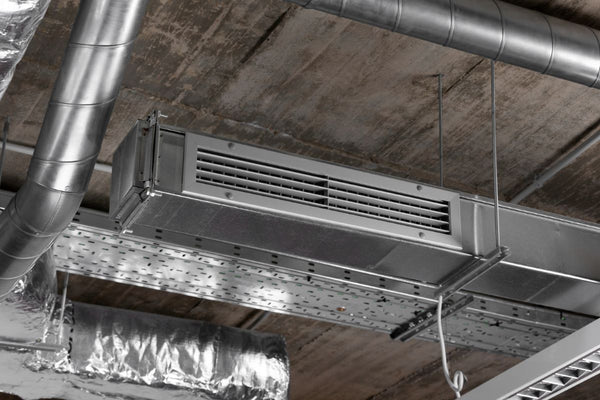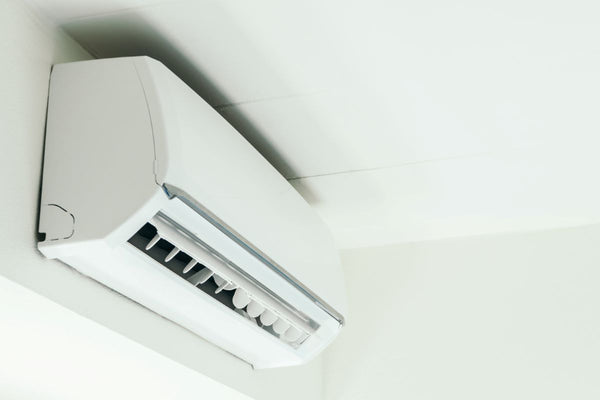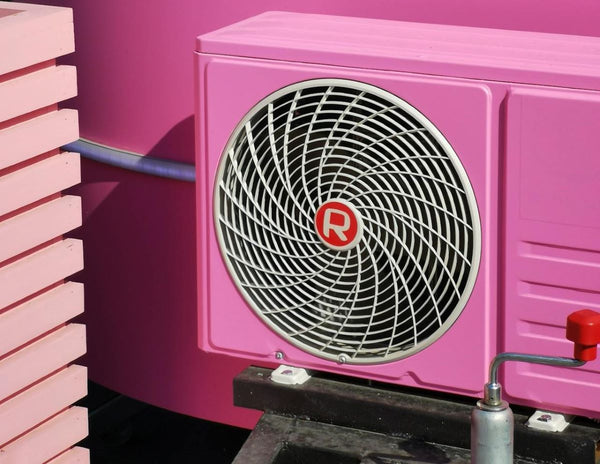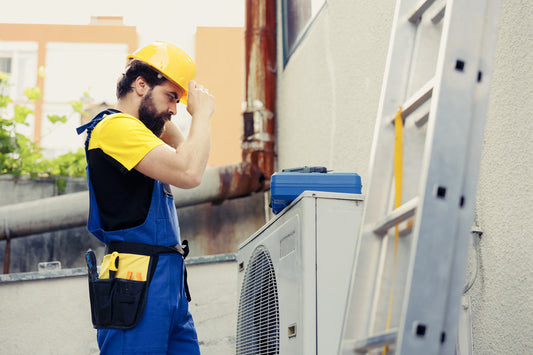When embarking on the journey of installing a ductless mini-split air conditioning system, understanding the pivotal role of the line set is crucial. This duo of pipes, known as the supply and return lines, forms the circulatory system for the refrigerant that cools your space. The efficiency of your cooling system, its energy consumption, and even its lifespan are all influenced by the size of the line set you choose.
What is a Line Set?
A line set is the critical link between the indoor evaporator unit and the outdoor condenser of a mini-split system. It comprises two parts: a supply line that carries refrigerant to the indoor unit, and a return line that carries it back to the outdoor unit. This continuous loop of refrigerant transfer is what makes cooling your space possible.
Importance of Correct Sizing
The significance of selecting a correctly sized line set cannot be overstated. An undersized or oversized line set can lead to a host of issues, including reduced efficiency, higher energy costs, and potential damage to your system over time. Correct sizing ensures optimal performance and longevity of your mini-split system.

Key Components of a Line Set
Understanding the Liquid Line
The liquid line, typically the smaller of the two, plays a vital role in transporting refrigerant in its liquid state from the outdoor unit to the indoor unit. Its size is crucial for maintaining the correct pressure and flow rate, ensuring the system operates efficiently.
The Role of the Suction Line
The suction line, in contrast, is larger and tasked with returning the refrigerant, now in a gaseous state, back to the outdoor compressor. This line is essential for the re-cooling process, and its size must be carefully considered to maintain system efficiency.
Step-by-Step Guide to Sizing Your Line Set
Determine the Distance
The foundation of correctly sizing your line set begins with accurately measuring the distance between your indoor and outdoor units. This distance is not just a straight line measurement; it must account for any vertical lifts and turns the line set will need to navigate. This comprehensive measurement ensures that you select a line set that can efficiently connect the two units without any loss in performance. It's crucial to add a little extra length to your measurement to accommodate any unforeseen adjustments during installation.
Calculating Liquid and Suction Line Sizes
Once you have the distance measured, the next critical step is to calculate the appropriate sizes for both the liquid and suction lines. These sizes are determined based on the capacity of your mini-split system and the distance the refrigerant needs to travel. The liquid line, typically smaller, carries the refrigerant in its liquid form to the indoor unit, while the suction line returns it in a gaseous state to the compressor.
To ensure compatibility and efficiency, consult the manufacturer's specifications for your specific model. These specifications will provide the recommended sizes for both lines based on the system's capacity and the distance between units. If you're unsure or your installation has unique challenges, seeking advice from a professional can prevent costly mistakes and ensure your system operates at peak efficiency.

Image by lifeforstock on Freepik
Installation Tips for Your Line Set
Single vs. Multi-Zone Systems
The complexity of your installation will vary significantly depending on whether you're setting up a single-zone or multi-zone system. A single-zone system, serving one indoor unit, requires a straightforward line set connection. In contrast, a multi-zone system, which can cool multiple rooms independently, requires a separate line set for each indoor unit. This setup increases the importance of accurate sizing and careful planning to ensure each unit operates efficiently and without interference.
The Convenience of Pre-Flared Line Sets
For many DIY enthusiasts and even professionals, pre-flared line sets offer a significant advantage. These line sets come with factory-made flares, eliminating the need for specialized tools and reducing the risk of improper flares that can lead to refrigerant leaks. Opting for pre-flared line sets simplifies the installation process, saving time and ensuring a more reliable connection between your indoor and outdoor units.
Maximizing Efficiency and Longevity
The Impact of Proper Sizing
Correctly sizing your line set is about more than just ensuring your system can cool your space. It's about optimizing the efficiency of your mini-split system and extending its lifespan. A properly sized line set minimizes the potential for refrigerant leaks, maintains the correct pressure throughout the system, and ensures that your system doesn't have to work harder than necessary. This careful balance not only saves on energy costs but also reduces wear and tear on your system, preventing premature failures.
Maintenance Tips for Line Sets
To further protect your investment, regular maintenance of your line set is essential. This includes annual inspections for any signs of wear, leaks, or damage, especially to the insulation that protects the lines from temperature fluctuations and physical damage. Keeping the line set in good condition helps maintain the efficiency of your system and prevents issues that could lead to costly repairs or replacements.

Photo by rescriptt rescriptt
Conclusion
Selecting and installing the right line set for your mini-split system is a critical step that should not be overlooked. By taking the time to accurately measure, consult manufacturer specifications, and choose the right materials for your installation, you can ensure that your system operates efficiently and lasts for years to come. Whether you're a seasoned DIYer or prefer to hire a professional, understanding the importance of these steps can help you make informed decisions about your cooling system.
FAQs
What happens if I choose the wrong size line set?
Incorrect sizing can lead to inefficient cooling, increased operational costs, and strain on your system, potentially causing damage over time.
Can I install the line set myself, or should I hire a professional?
While DIY installation is possible, especially with pre-flared line sets, hiring a professional ensures correct sizing and installation, reducing the risk of future problems.
How often should I check my line set for maintenance?
Annual inspections are recommended, particularly before the cooling season begins, to ensure your system remains in top condition.
Are there any signs that my line set is not properly sized?
Signs of improper sizing include inefficient cooling, unusual noises during operation, and unexpectedly high energy bills.
Can I extend my line set if I move the indoor or outdoor unit further apart?
Yes, extensions are possible, but they must be correctly sized and professionally installed to maintain the efficiency and performance of your system.





